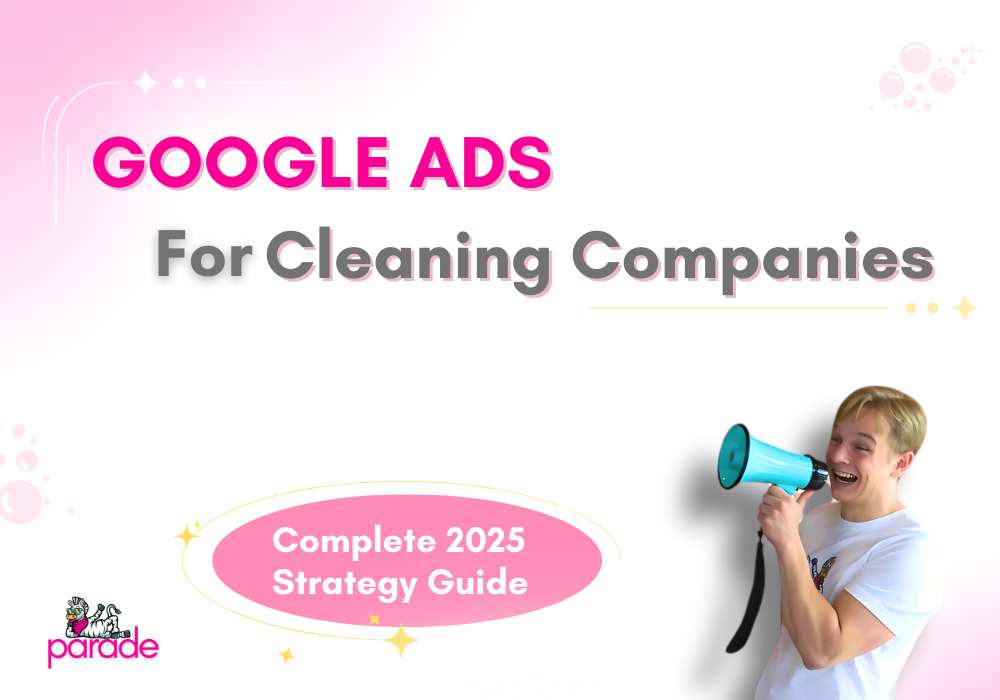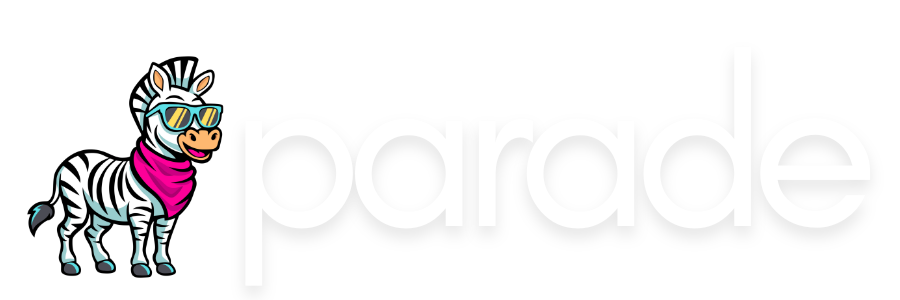More Meta Resources
Running Facebook or Instagram ads without the Meta Pixel, means leaving money on the table.
This blog walks you through exactly what the Meta Pixel does, how to install it, and how to use it to track real leads, build powerful audiences, and run smarter campaigns that get results. Let’s get it set up and working for your business.

What the Meta Pixel Does
The Meta Pixel is not just a nice-to-have. It is the brain behind every smart Facebook and Instagram ad campaign. Without it, your ads are running blind.
Tracks Key Client Actions
Once the pixel is installed on your site, it quietly watches what people do. It tracks:
🧬 Page views on high-intent pages like pricing and booking
🧬 Quote request form submissions
🧬 Thank-you pages that confirm a booking
This lets you see who is actually engaging and helps Meta learn which users are worth showing your ads to.
Powers Retargeting and Lookalikes
Want to follow up with people who visited your site but did not book? That is retargeting. Want to find people who act just like your best clients? That is where Lookalike Audiences come in.
Neither of these features work without the Meta Pixel. It is the foundation for warm audiences and smart scaling.
Feeds Campaign Optimization
Once the pixel sees enough conversions, you can switch your campaign to optimize for actions like quote requests or bookings, not just clicks. That means Facebook and Instagram will actively seek out people most likely to take the action you want.
It is like giving Meta a roadmap to your dream client.
Without the Pixel, Meta is Guessing
If you are not using the pixel, Meta has no way to tell if your ads are working. You might get likes or traffic, but you will not know what is turning into real leads. That leads to:
🧬 Wasted budget
🧬 Confusing reports
🧬 Ads that do not get smarter over time
💡🦓💡 One tiny pixel can give your ad strategy a major glow up. If you are spending money on Meta ads and not tracking conversions, it is time to fix that today.
How to Install and Test the Meta Pixel
Installing the Meta Pixel is easier than it sounds—and once it is in place, your ads can start learning and improving every single day.
Use Meta Events Manager or Business Suite
You have two options to install your pixel:
- Meta Events Manager: Best if you want full control and tracking setup
- Meta Business Suite: Great if you are already managing your page and ads here
Follow the prompts to create a new pixel, name it clearly, and connect it to your website.
Where to Place the Pixel
You want your pixel to fire on the pages that matter most to your sales funnel. That means:
Your pricing page
🧬 Your online booking page
🧬 Your thank-you or confirmation page
Bonus move: Set up specific events for actions like quote requests so Meta knows what a conversion looks like.
💡🦓💡 The move for most cleaning companies is to add the pixel to every page on your site.
Common Mistakes to Avoid
Let’s save you from some common face-palm moments:
🤦 Installing the pixel but forgetting to add it to all high-converting pages
🤦 Not setting up any events, which means Meta cannot optimize
🤦 Duplicating the pixel and breaking the tracking
🤦 Forgetting to publish your changes if you are using a platform like WordPress or Shopify
💡🦓💡 If you are unsure, just start with the base pixel on every page and add event tracking later. Done is better than perfect.
Test With the Meta Pixel Helper
Once your pixel is installed, open your website and use the Meta Pixel Helper Chrome extension. It will show you:
🧬 If your pixel is firing
🧬 What events are being tracked
🧬 Any errors you need to fix
Think of it as your pixel’s report card. Once it is firing, you are ready to build smart audiences and run campaigns that convert.
What Meta Can Optimize Once the Pixel Is Live
Tracks Valuable Events
Once your pixel is installed, Meta can track high intent actions like:
🧬 Pricing page views
🧬 Quote form submissions
🧬 Booking confirmations
These are the signals Meta needs to figure out what is working.
Learns Who Converts
With enough data, Meta starts learning which types of people are most likely to become clients—and finds more users like them.
Powers Smart Bidding Strategies
With conversion data flowing in, you can run ads that optimize for Leads or Conversions instead of just traffic. That means more real results, less wasted spend.
Improves Over Time
The longer your pixel runs, the smarter it gets. Over time, this leads to a lower cost per lead and higher quality bookings.
💡🦓💡 The real power of Meta ads is in the optimization. Without the pixel, it is just guesswork. With it, you are training Meta to send you your next best client.
How to Build Custom and Lookalike Audiences
Start With Custom Audiences
Custom Audiences help you reconnect with warm leads who have already interacted with your business. These people know you. They just need a little reminder. Examples include:
💖 Website visitors
💖 People who viewed specific pages like pricing or booking
💖 Ad clickers who did not fill out a form or schedule
💖 Instagram or Facebook engagers
💡🦓💡 Segment by behavior. Create separate audiences for people who viewed your pricing page versus those who only visited your homepage. Then tailor your ads to meet them where they are.
Then Build Lookalike Audiences
Lookalike Audiences help you reach new people who are similar to your best clients. Meta uses data from your source audience to find others with similar traits and behaviors.
Choose an audience source, start with one of these:
💖 A client email list
💖 Website visitors
💖 Past quotes or booked jobs
You will also choose:
💖 Audience size (one percent is most similar, two to three percent gives broader reach)
💖 Geo targeting (focus on your actual service area)
Match your campaign message to the audience type.
💖 Use intro offers or team videos for new leads
💖 Use booking reminders or time-limited promos for returning visitors
💡🦓💡 Build different lookalike audiences based on service type. One for move-out cleans, one for recurring clients, and one for people who requested a quote but never booked. Then run ads tailored to each group’s stage and service need.
What to Show Each Audience
Ads for Custom Audiences
These people already know who you are. Your job is to nudge them toward booking.
Try messages like:
📨 Still thinking about that deep clean
📨 We saved your quote. Want to grab that Friday slot
📨 Last chance to claim your offer this week
And pair those with:
📨 Testimonials that build trust
📨 Time-lapse videos that show results
📨 Team photos that bring warmth and familiarity
Ads for Lookalike Audiences
These are cold leads who have never seen your brand before, but they look a lot like your best clients. Try ads that:
💖 Introduce your team or show your cleaning style
💖 Offer first-time discounts like fifty dollars off your first clean
💖 Use bright visuals or short videos to build brand recognition and trust
💡🦓💡 Reconnect with Custom Audiences using reminders and reviews. Introduce yourself to Lookalikes with friendly, low-pressure content that builds curiosity and clicks.
Smart Campaign Structure That Uses Pixel Data
Choose the Right Campaign Objective
Start with Leads or Conversions as your objective. These goals tell Meta to optimize for real actions like form submissions or bookings, not just likes or views.
Keep Warm and Cold Audiences Separate
Create different ad sets for warm leads and cold lookalikes. Mixing them confuses the algorithm and dilutes your message. Custom Audiences need a different tone and offer than brand new prospects.
Match Campaign Goals to the Funnel Stage
Warm audiences might be ready to book. Cold audiences need an intro first. Optimize each campaign around its specific goal:
💖 Warm = quote requests or bookings
💖 Cold = engagement or traffic that builds familiarity
Segment by Service Type
Instead of one generic cleaning campaign, create targeted campaigns by service:
✨ Move-out cleans
✨ Recurring service
✨ Deep cleans
This allows you to tailor your copy, visuals, and landing pages for each type of client.
💡🦓💡 Use Dynamic Creative with Custom Audiences to automatically test multiple headlines, visuals, and CTAs. Meta will find the winning combo and do the heavy lifting for you.



.png)
.png)



